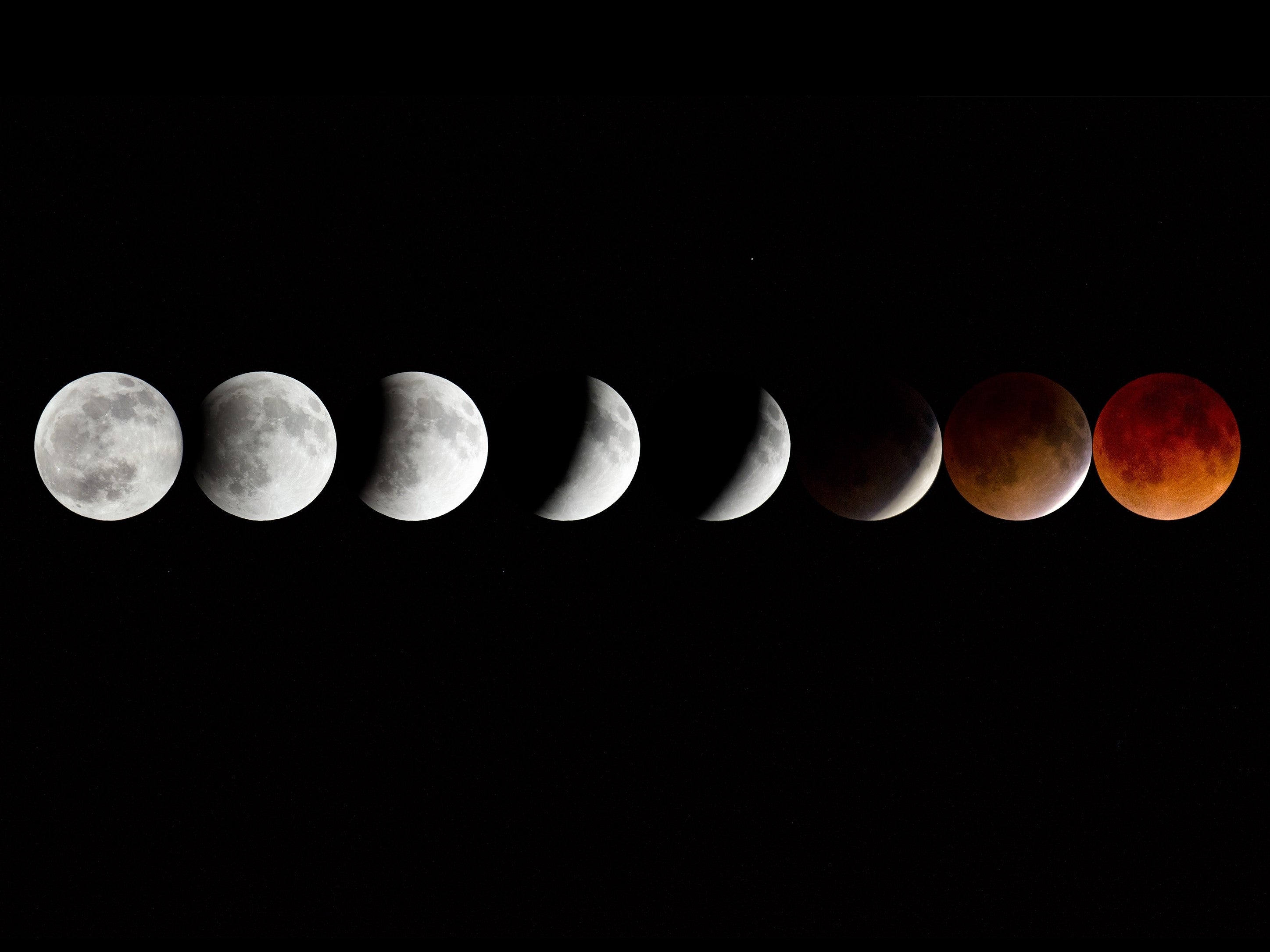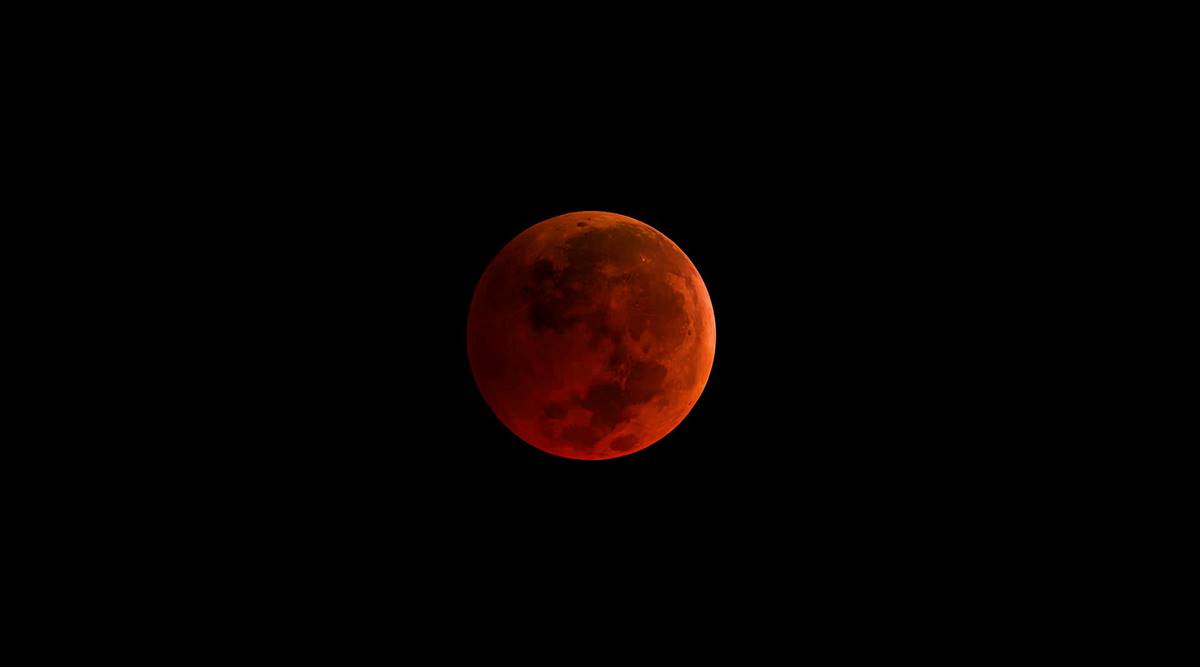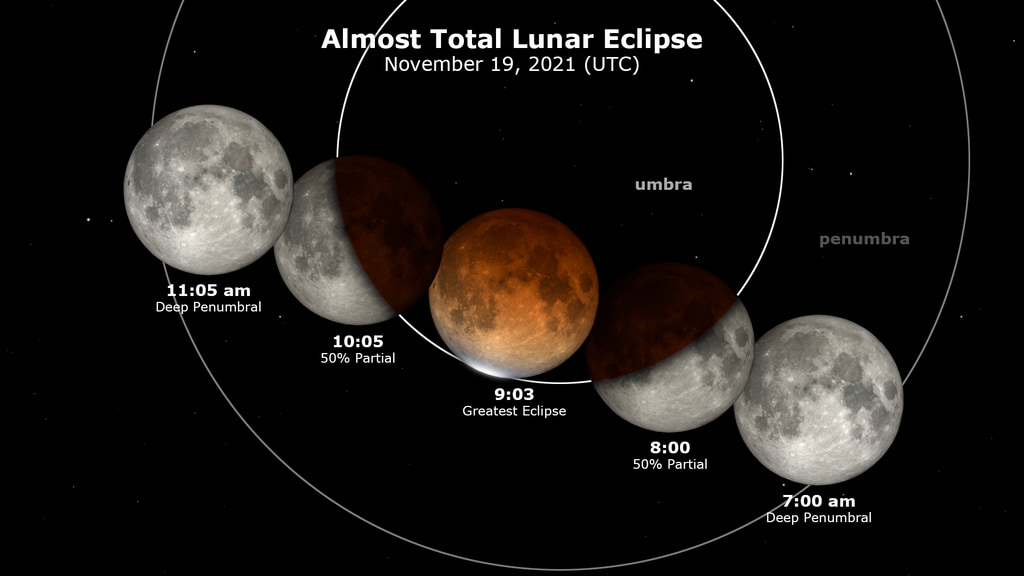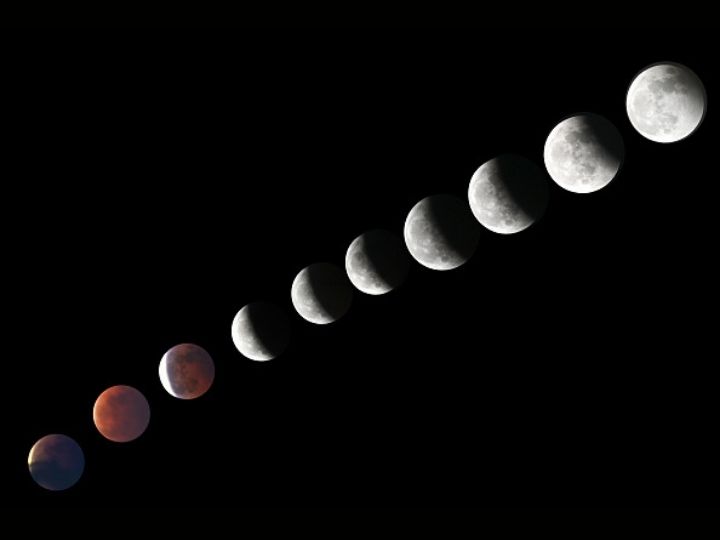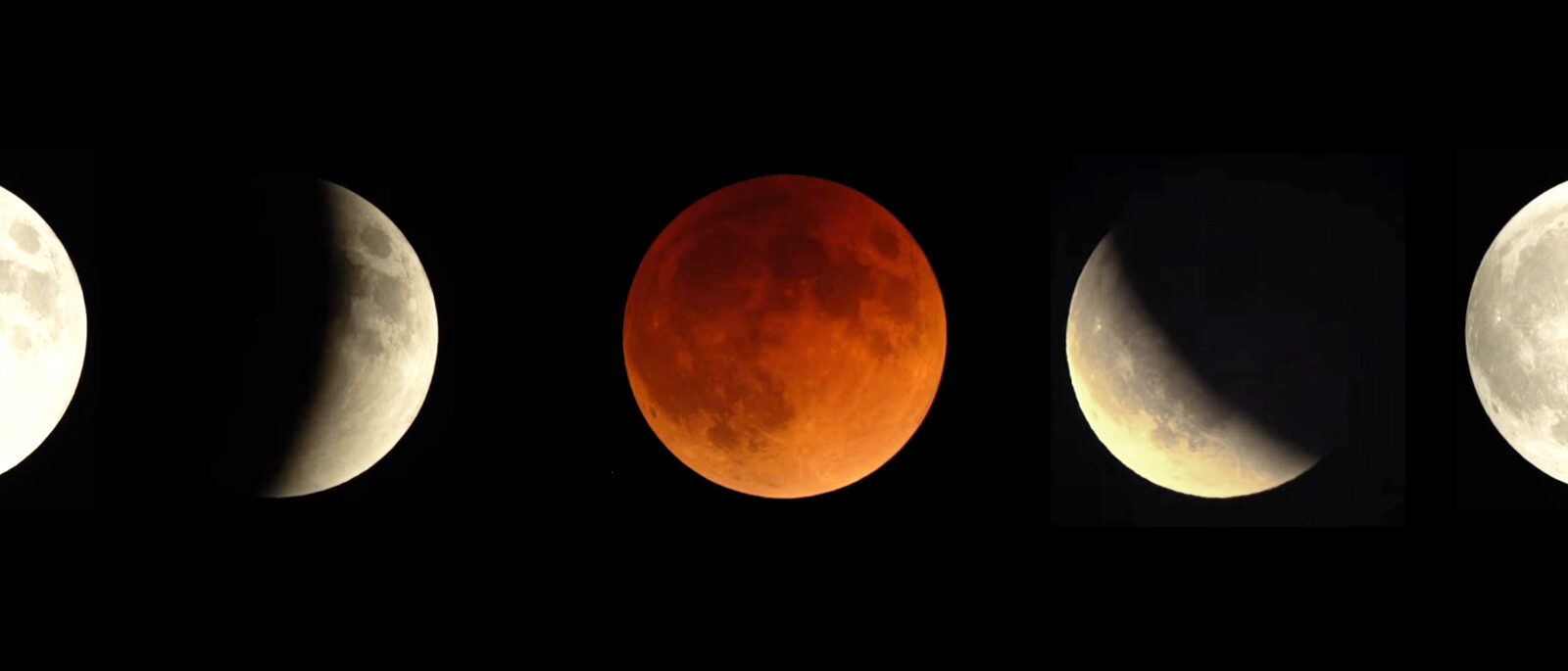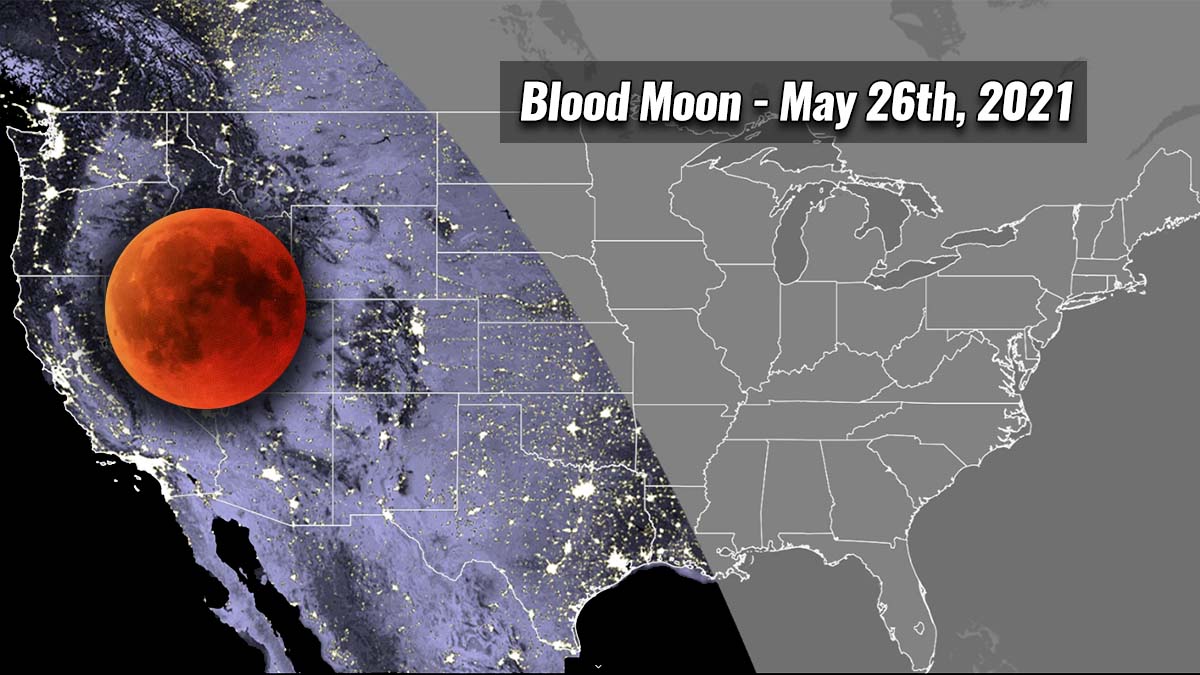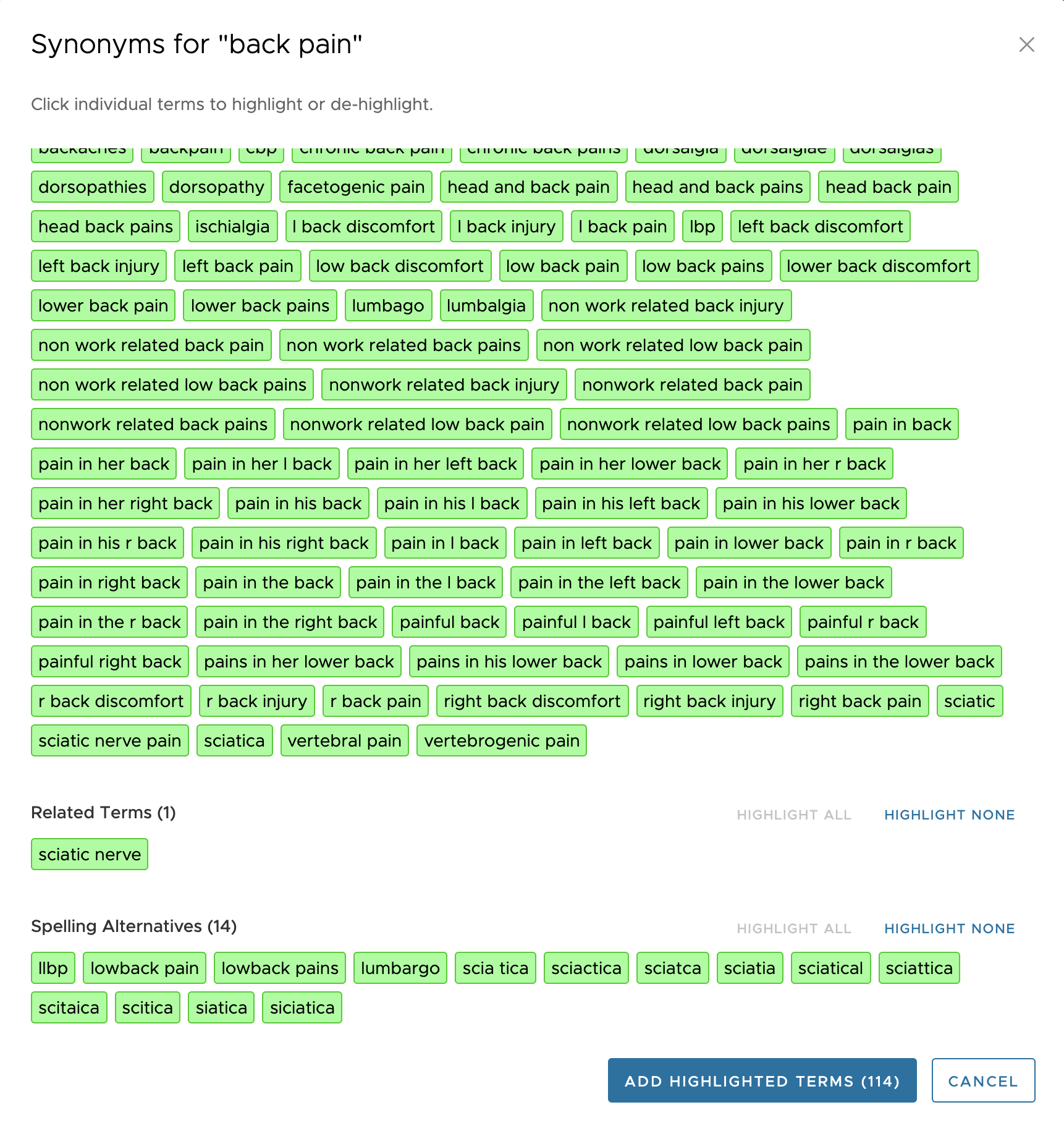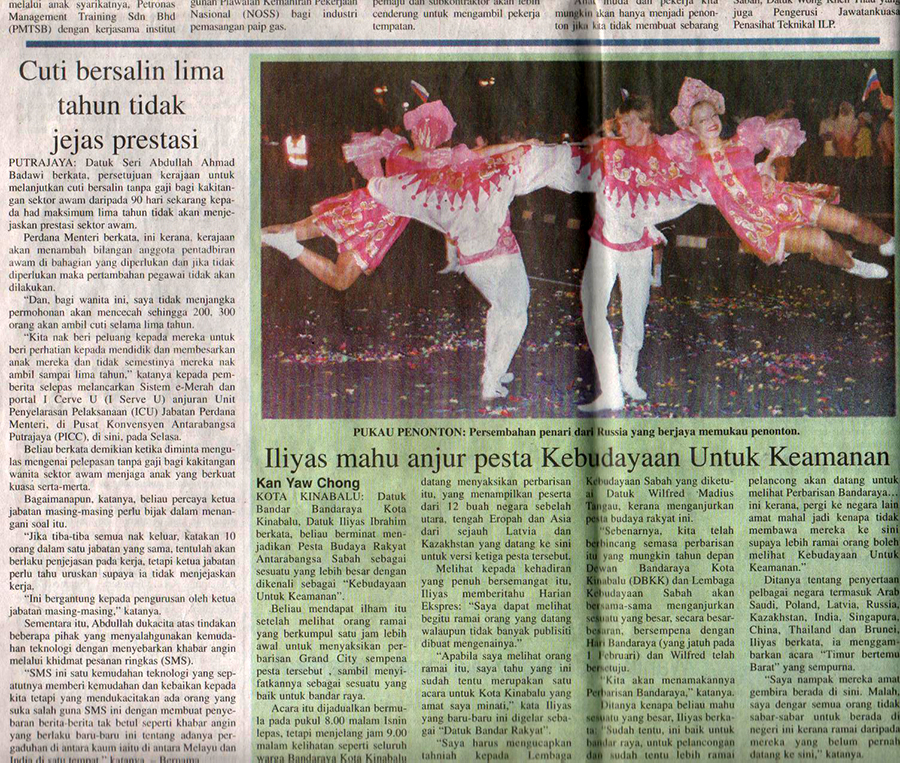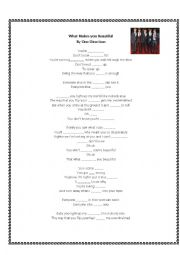Moon eclipse - Lunar eclipse 2021 pictures: Stunning photos show beaver ‘blood’ moon’s partial eclipse

Recent Posts
- Happy birthday wishes for best friend girl
- Hitman bang
- The duchess lewd invitation
- Ibantuan fitri
- Darah satria
- Prison school hana
- Realme watch s pro
- Watch series hd
- Www.whatsapp.com download
- Tudung ilham qaseh
- Gunung datuk height
- Japanese game movie
- Mee rebus penang ori
- Bsh 2021 tarikh bayaran fasa 2
- Babi panggang
- Nafas cinta
- Bursa malaysia equity price
Lunar eclipse
The moon will then arrive at the umbra, or the darker part of the shadow, at 2:18 a.
A conjunction to rebellious Uranus spurs even more shocks and jolts.
Later, as the moon's opposite limb is struck by sunlight, the overall disk will again become obscured.
New Moon Solar Eclipse April 2022: The Black Moon Brings A Surprising New Start
That means that there appears to be a bite taken out of the Moon, with some of its surface going dark.
Shorter are more likely to be scattered by the air molecules and ; thus, the longer wavelengths predominate by the time the light rays have penetrated the atmosphere.
These times use the new Herald-Sinnott method that has been adopted in lunar eclipse predictions in the recently published and the.
- Related articles
2022 blog.dabchy.com


